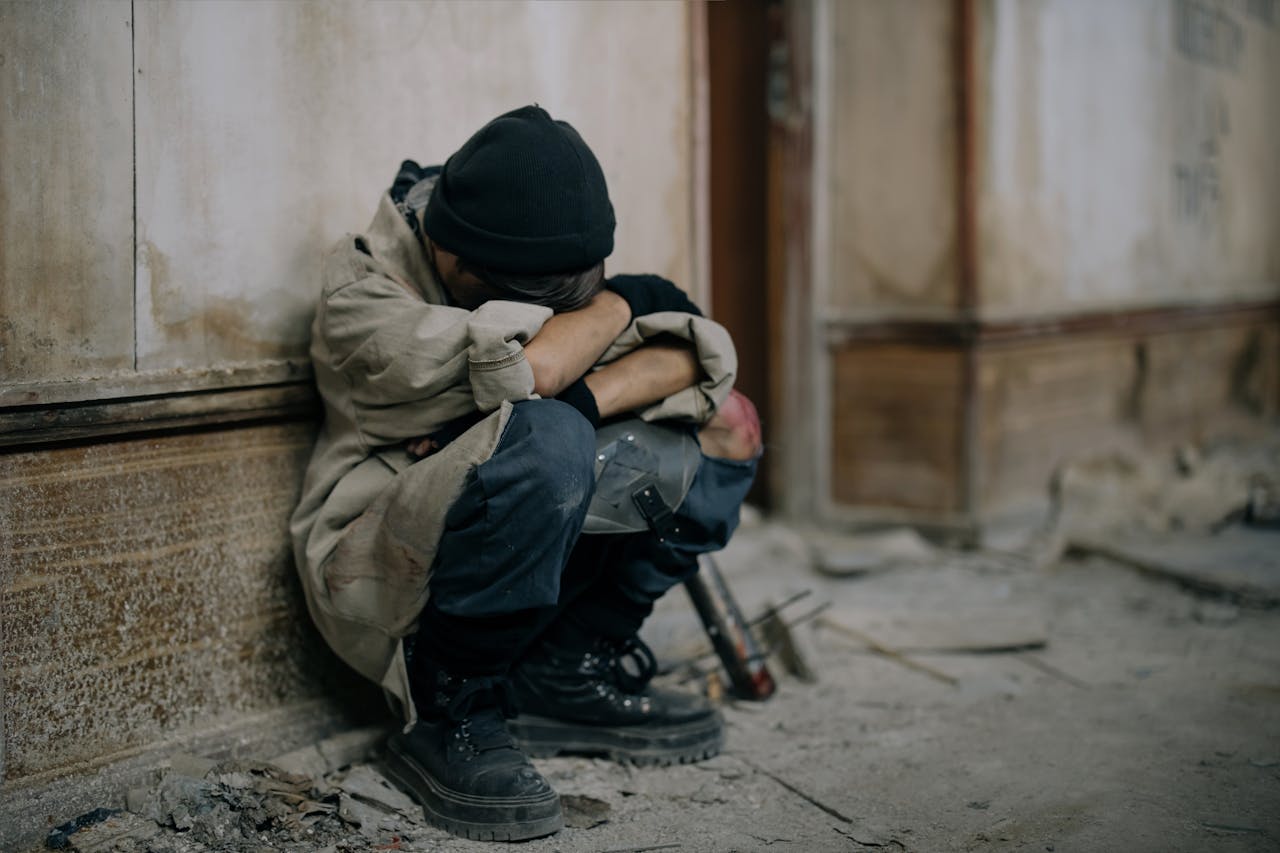Every second of every day, a report of child sexual exploitation and abuse material is filed somewhere in the world. Behind your child’s screen—whether it’s a smartphone, tablet, or computer—predators are actively hunting for their next victim. What is child exploitation in our digital age? It’s a pandemic-scale crisis that’s hiding in plain sight, affecting an estimated 300 million children per year according to groundbreaking research from the WeProtect Global Alliance.
The Staggering Reality of Online Child Sexual Exploitation
The numbers are nothing short of devastating. In 2024 alone, the National Center for Missing & Exploited Children received more than 456,000 reports of online enticement—a staggering increase that represents a 300% jump from just three years earlier. But these aren’t just statistics. Each number represents a real child whose innocence has been shattered by predators who exploit technology to commit heinous crimes against the most vulnerable members of our society.
What is child exploitation when it happens online? According to the Australian Centre to Counter Child Exploitation, it’s “the use of technology or the internet to facilitate the sexual abuse of a child, including the production and sharing of child sexual abuse material online.” This definition encompasses a horrifying range of activities that destroy young lives and leave lasting trauma.
The Many Faces of Digital Predation
Child sexual exploitation takes numerous forms in our connected world. INHOPE, the International Association of Internet Hotlines, identifies several critical manifestations that every parent and person working with children must understand:
Grooming involves predators building trust with children through compliments, gifts, or money, gradually lowering their inhibitions to prepare them for sexual activity. This process of coercion can happen over weeks or months, making it particularly insidious.
Sexual extortion or “sextortion” occurs when perpetrators coerce victims into producing sexually explicit images or videos through threats, manipulation, or fraud. Once obtained, these materials become tools for further abuse and trafficking.
Live streaming represents one of the most disturbing trends, where child sexual abuse is broadcasted in real-time to viewers who pay to direct and witness the exploitation. This form of modern slavery turns children into commodities for sexual gratification.
Self-generated content involves children creating explicit material themselves, often under pressure or coercion from adults who have gained their trust. This particularly affects young people who may not fully understand the long-term consequences of sharing sensitive information or images.
The Predators Among Us
Perhaps the most shocking revelation from recent research is the scale of offending behavior. The WeProtect Global Alliance found that as many as 1 in 9 men in parts of the world have sexually offended online against children. Many of these individuals would also commit contact offenses if they believed it could be kept secret, highlighting the connection between online and offline abuse.
These perpetrators don’t fit a single profile. They can be family members, teachers, coaches, or seemingly trustworthy adults who gain access to children through various means. They exploit the vulnerability of young people who are naturally curious about technology and social connections, turning innocent online activity into opportunities for criminal acts.
What Is Child Exploitation Doing to Our Children?
The impact extends far beyond the immediate violence of the sexual act itself. Children who experience exploitation often suffer from long-term psychological trauma, difficulty forming healthy relationships, and challenges with trust and consent. The digital nature of modern exploitation means that evidence of their abuse can be shared globally, creating ongoing victimization that follows them throughout their lives.
The ACCCE emphasizes that behind every image or video is a real child victim, and the proliferation of this material through social media and messaging platforms means that exploitation can happen to any child with internet access, regardless of their background, school, or family situation.
Technology: Both Problem and Solution
While technology has created new avenues for exploitation, it also provides tools for protection and assistance. However, as INHOPE notes, detection remains challenging because current technology cannot effectively scan and assess the combination of audio, text, and video content that predators use to communicate with children.
The increasing use of end-to-end encryption on major platforms, while important for privacy, has made it more difficult for law enforcement to detect and prevent abuse. This creates a complex balance between protecting privacy rights and ensuring child protection services can identify and respond to cases of exploitation.
What Is Child Exploitation Without Effective Response?
The answer is a growing crisis that threatens to overwhelm traditional support systems. The National Center for Missing & Exploited Children has identified more than 19,100 children through their Child Victim Identification Program since 2002, but the exponential growth in reports suggests that many more victims remain unidentified and without assistance.
This is where organizations like the International Protection Alliance become crucial. Unlike many NGOs that support existing cases after arrests are made, IPA takes a proactive approach: they create cases and continue investigating to uncover entire networks of abuse. When IPA gets involved, one arrest becomes multiple arrests, and one case becomes an entire network dismantled.
IPA’s Comprehensive Combat Strategy
The International Protection Alliance addresses what is child exploitation through four core areas that tackle both immediate threats and long-term prevention:
Prevention & Education: Using technology, education, and collaboration to create safer online environments. This includes helping parents understand the risks and teaching children about appropriate online behavior and how to report concerning contact.
Intervention & Response: Working directly with law enforcement to apprehend online predators. IPA’s recent success in Thailand led to the arrest of a 34-year-old suspect distributing child sexual abuse material through Telegram, demonstrating their effective partnership model.
Advocacy & Policy Reform: Working to create a safer digital world through legislative change and policy reform that addresses the transnational organized crime aspects of online exploitation.
Survivor Support Services: Providing comprehensive aftercare support, with particular attention to male victims who are often overlooked by traditional support systems. The majority of survivors in IPA’s care are male victims, highlighting a critical gap in existing services.
The Hidden Crisis Demands Urgent Action
What is child exploitation if not one of the most urgent human rights crises of our time? With reports being filed every second and hundreds of thousands of children at risk daily, we cannot afford to treat this as someone else’s problem. Every child deserves protection from those who would exploit their innocence for power, money, or sexual gratification.
The research is clear: this crisis affects children from all backgrounds, in all communities, and through all forms of technology. It requires a coordinated response that combines prevention, intervention, advocacy, and comprehensive support for survivors.
Take Action Today
The International Protection Alliance is working tirelessly to combat online child sexual exploitation, but they cannot do it alone. Your support enables them to continue their vital work of creating cases, training law enforcement, providing digital forensics assistance, and offering specialized aftercare for survivors—particularly male victims who are often forgotten by other programs.
Every donation helps fund the technology, training, and personnel needed to identify predators, rescue children, and provide the long-term support that survivors need to heal and rebuild their lives. Don’t let another child become a statistic in this hidden crisis. Donate to the International Protection Alliance today and be part of the solution to protect all children from exploitation.
Sources:




